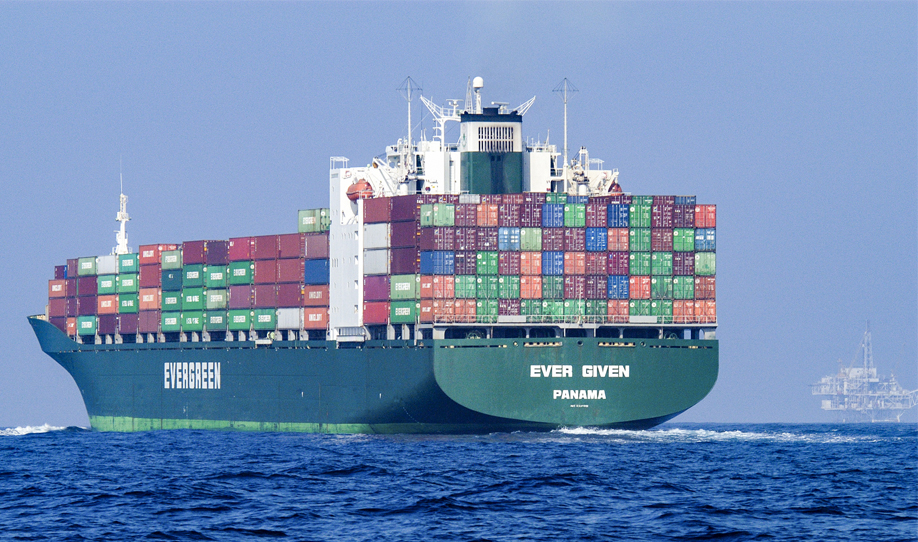
For cargo transportation companies transitioning their fleets to clean energy sources, there are benefits in publicizing a formal ESG platform — but also risks. Fortunately, insurers are there to help them navigate the way.
Part 1 of this three-part series on insuring the energy transition in the freight transportation industry examined the logistical and regulatory hurdles ahead, and what the insurance industry can do to mitigate its risks and facilitate much-needed collaboration. Part 2 continues below.
July 2023 was the hottest month on record: The warning signs of climate change are becoming impossible to ignore. Something must be done — but especially when it comes to trains, planes and ships, the transition to greener sources of energy will require concerted effort on a scale the transportation sector has never seen.
Of course, the insurance industry is an indispensable player in that effort.
“I think there’s a moral obligation, as a financial institution, to leverage the overarching support that we can provide as an investor and an insurer in order to facilitate the transition,” said Gabrielle Durisch, global head of ESG and sustainability solutions at Allianz Commercial.
The pressure to transition to clean fuels comes from multiple sides: regulatory, financial, even social. Together, these pressures drive an ESG program — a framework that’s intended to guide a company’s progress but comes with its own inherent risks.
Ideally, a company’s ESG platform is a measure of its ability to satisfy stricter regulations, its roadmap to a greener future and a public statement of its values. But it also comes with its own hurdles: the anti-ESG movement on one side, and potential accusations of greenwashing on the other.
Read the rest at Risk & Insurance
This is Part 2 of a three-part series on insuring the energy transition in the freight transportation industry. Part 3, a look at the technical challenges insurers must consider when underwriting and benchmarking emerging fuel technologies, can be read here.


